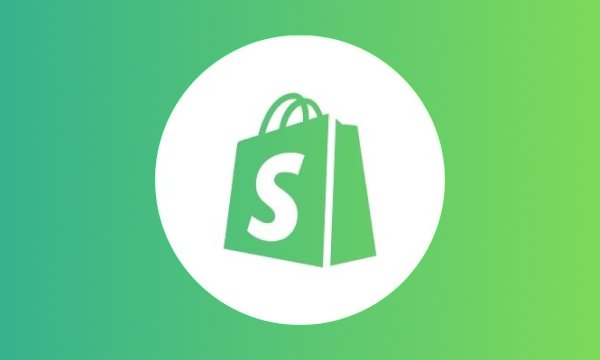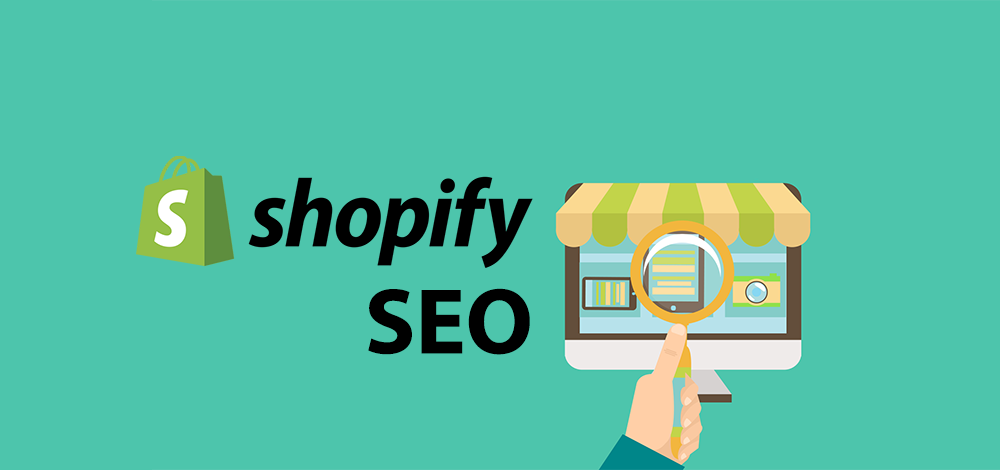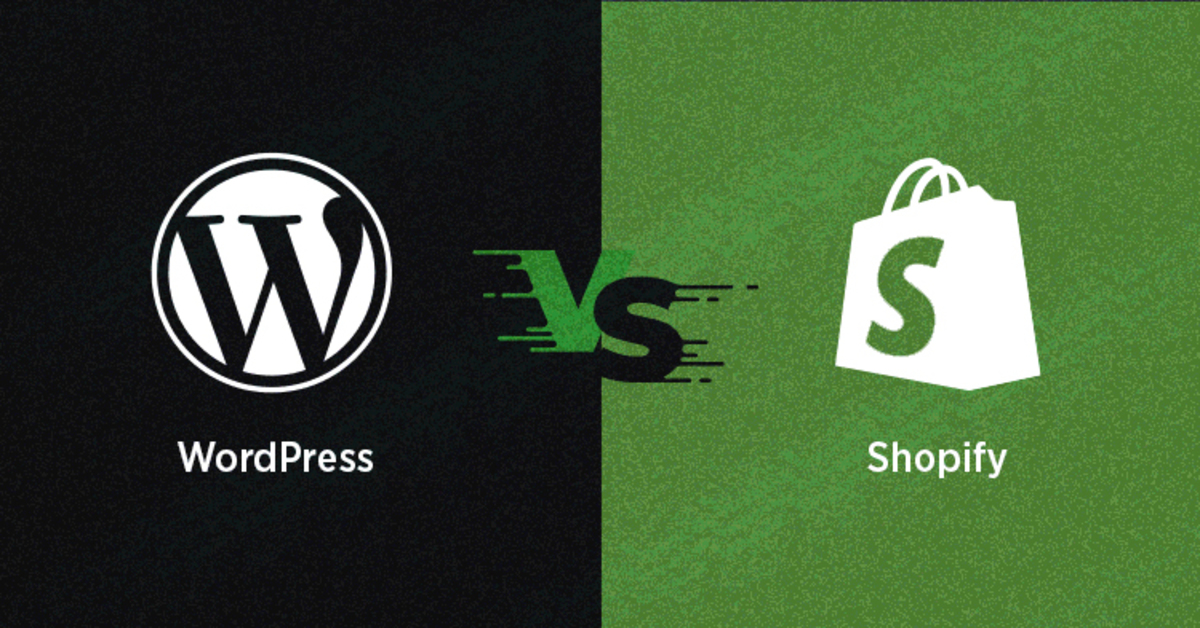Shopify vs Squarespace: The Ultimate Comparison Guide for Potential E-commerce Businesses
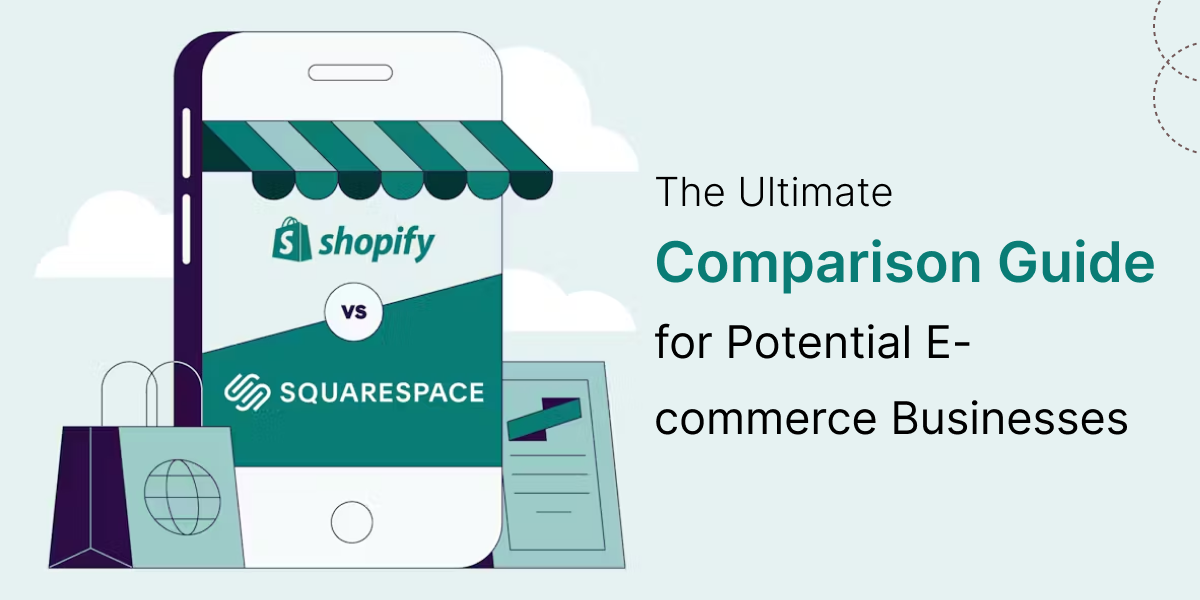
With over 2 billion people actively shopping online daily, we don’t think there’s a better time than today to launch your online e-commerce store. But it is not something like building an online store, updating the inventory, and expecting your customers to find it. As a business owner, you need to add aesthetic designs, an easy-to-navigate menu, and offer user-friendly experiences to make sure your customers find it valuable to be on your e-store. While many e-commerce platforms allow you to set up an online store, only a few, like Shopify vs Squarespace, offer all the features and functionalities required to set up an e-commerce business.
Shopify and Squarespace, being two of the most popular website builders, are leading the charge in the digital marketplace, empowering businesses to establish a robust online presence. While both platforms are intended for similar purposes, they still have their own set of advantages and limitations. While Shopify is an eCommerce-dedicated platform helping businesses set up their online e-commerce store, Squarespace is a general website builder with an option to integrate e-commerce functionalities.
So, if you’re someone planning to start your online e-commerce business but are confused between Shopify vs Squarespace, this detailed comparison will guide you in choosing the best platform for your e-commerce business needs. So, let’s get started!
What Is Shopify?
Shopify is an e-commerce platform that allows entrepreneurs to start, manage, and expand a business. It provides the tools to set up an online store, oversee sales, promote to customers, and process payments in both virtual and physical settings.
Shopify stands as a leader in the commerce world due to its attentiveness to the experiences of millions of business proprietors.
By catering to both individual entrepreneurs and large-scale brands, Shopify has developed features and products that not only drive current businesses but also pave the way for the future of commerce.
Pros and Cons of Shopify
|
Pros |
Cons |
|
Support for a Wide Range of Businesses |
Expensive plans |
|
Easy to Use and Setup |
Limited customization |
|
Shopify dropshipping is a plus |
Tedious Content Management |
|
Great Customer Service |
|
|
In-built payment processing |
|
|
Tons of apps and plugins |
What is Squarespace?
Squarespace is an online website builder that empowers creators and entrepreneurs to create stunning websites. With Squarespace, the intricacies of coding are a thing of the past.
With this handy tool, you can create a visually appealing website equipped with features such as integrated eCommerce checkout systems, personalized domain names, and even SSL certificate security.
Established in 2003 in Maryland, USA, Squarespace initially served as a simple blog hosting provider. However, it gradually transformed into a comprehensive web development platform. By 2006, it had already generated a revenue of $1 million, marking its growth and success.
Pros and Cons of Squarespace
|
Pros |
Cons |
|
More than 110 responsive templates |
Limited flexibility in terms of design |
|
Free SSL is included in all plans |
Lack of business tools |
|
Unlimited bandwidth and storage |
|
|
Really easy to use |
Key Statistics on Shopify vs Squarespace
- Squarespace had nearly 4.6 million global users in 2023, while Shopify has over 100 million users. (Source: Tidio)
- Shopify powers over 1.7 million online stores globally, while 2.9 million live websites use Squarespace. (Source: Colorlib)
- Shopify reported $4.6 billion in revenue for Q1 2024, while Squarespace’s revenue stands at $1.06 billion in revenue. (Source: Stock Analysis)
- Shopify holds around 20% of the global market share in the e-commerce platform sector; Squarespace accounts for 14.49%. (Source: Statista.com)

Shopify vs Squarespace: Detailed Comparison Between Two E-commerce Giants
As said earlier, Shopify vs Squarespace are the two most prominent choices when it comes to building an e-commerce website. Each platform has its own set of strengths and limitations. If you’re confused about choosing the best among them, this head-to-head comparison between Squarespace vs Shopify is what you need:
#1. Ease Of Use
The ease of navigation and user-friendliness are crucial when it comes to choosing the best website builder for your e-commerce business. A straightforward and intuitive platform enables you to create the best possible website, while a complex one can hinder your progress.
Both Shopify and Squarespace understand this aspect and have designed their platforms to be as user-friendly as possible. Here are the specific features that enhance usability for each of these platforms.
Squarespace prioritizes user-friendliness. Despite this focus, it still allows users to create highly appealing and professional websites. The platform is centered around ‘Templates,’ which can be effortlessly modified to fit various businesses.
Shopify follows a similar approach but refers to their templates as ‘Themes.’ Users have the freedom to customize these themes as they wish, and Shopify’s editor simplifies this process. As Shopify is a dedicated eCommerce platform, setting up an online store is incredibly straightforward.
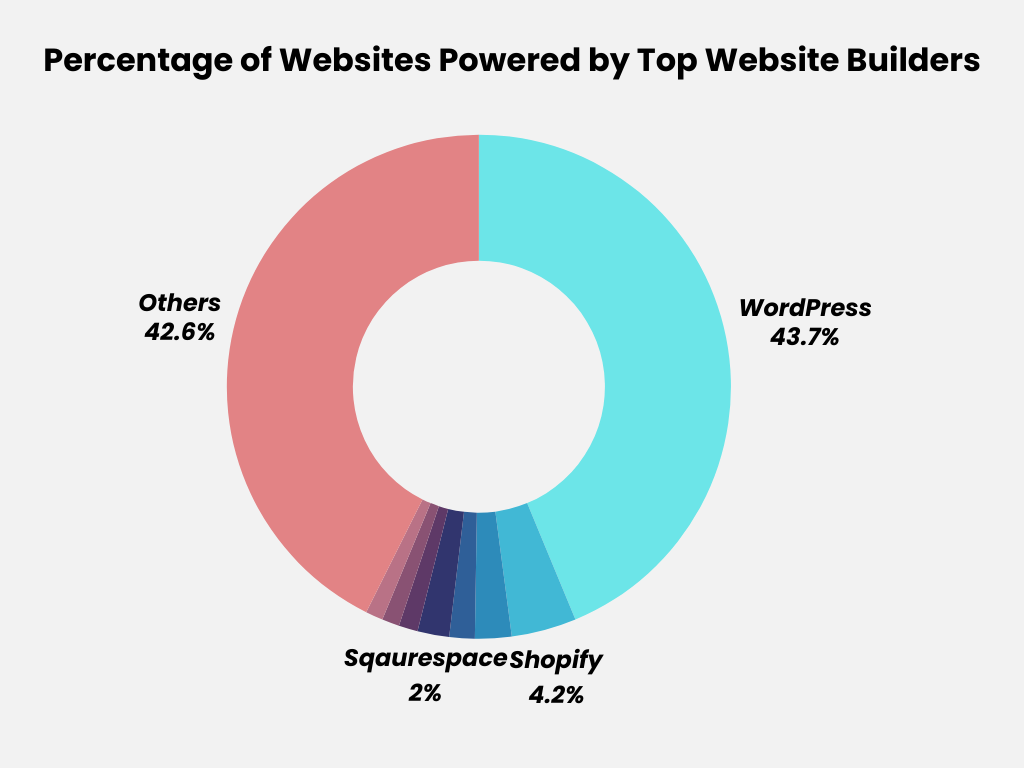
Verdict
When it comes to user experience, there’s a tie between Shopify vs Squarespace. While Shopify offers a slightly more intuitive process for adding products to a store, Squarespace compensates with its highly accessible editor layout.
#2. Pricing Plans
Businesses planning to launch an online store often worry about getting the best value for their investment. This is particularly true for small businesses that may not have the budget for a costly website. The pricing for Shopify and Squarespace can be divided into paid subscription plans.
Shopify offers three subscription plans – Basic Shopify, Shopify, and Advanced Shopify. Basic Shopify is an excellent choice for startups, while Shopify allows for the integration of a brick-and-mortar store. Advanced Shopify is ideal for rapidly expanding businesses with multiple store locations.
Here are the pricing plans for Shopify
- Basic – $39 per month
- Shopify – $105 per month
- Advanced – $399 per month
Squarespace offers four different pricing plans to its users. However, only three of these – Business, Basic Commerce, and Advanced Commerce allow product sales. While all these plans offer similar features, upgrading to a higher-priced plan grants access to lower transaction fees and additional features like Abandoned Cart Recovery.
Here are the pricing plans for Squarespace:
- Personal – $16 per month
- Business – $23 per month
- Commerce Basic – $28 per month
- Commerce Advanced – $52 per month
Verdict
If we look at the cost factor, Shopify seems to have the upper hand here. Although the Shopify pricing plans are on the higher side, its long-term benefits are far better than Squarespace. Additionally, Shopify being the eCommerce-dedicated platform, offers a lot in terms of online store setup and operation.
#3. Transaction Fees
Transaction fees are the costs incurred by Shopify or Squarespace whenever a merchant sells their product using the platform. The fee varies based on the chosen pricing plan:
Shopify
- Basic – Transaction fee of 2%
- Shopify – Transaction fee of 1%
- Advanced – Transaction fee of 0.5%
Squarespace
- Business – Transaction fee of 3%
- Commerce Basic – No transaction fee
- Commerce Advanced – No transaction fee
Verdict
Determining whether Shopify vs Squarespace offers better value for money can be quite complex. At a glance, Squarespace may seem more cost-effective – its Commerce plans have no transaction fee, and the Basic Commerce plan is cheaper than Shopify’s Basic plan.
#4. Website Security

The importance of website security cannot be overstated in this competitive world. Whenever financial transactions are involved, it’s crucial that your platform is fortified with the necessary safeguards to protect both you and your customers.
Shopify is a platform that was built with a strong emphasis on security. As a high-security SAAS platform, it incorporates SSL certificates into all its user stores. Moreover, Shopify has a specialized team of security professionals who are solely dedicated to addressing any emerging threats.
Similarly, Squarespace offers free SSL certificates to all who establish a website on their platform. SSL ensures secure connections and thwarts hackers from impersonating website owners. For those seeking enhanced security, Squarespace provides HSTS encryption.

Verdict
Both Squarespace and Shopify have implemented strong security measures to safeguard their users. However, if we were to choose the more secure platform, Shopify would likely be the winner. This is primarily due to their commitment to combating security threats by investing in a dedicated team.
#5. Payment Options
Providing a variety of payment methods can enhance the customer experience in online stores. While some customers prefer using their credit cards, others opt for platforms like PayPal.
Squarespace offers several payment options for store owners to choose from, including Stripe, PayPal, and Square. Stripe is a secure payment gateway that accepts payments from Visa, Mastercard, AmEx, and other providers.
At the same time, Shopify has a unique approach to payments. They have their own gateway known as Shopify Payments. This platform is straightforward and provides a seamless experience for both customers and store owners, accepting all major payment methods.
Verdict
When it comes to payment options, Shopify takes the lead. Despite having only one built-in option, the ability to integrate other third-party providers gives it a significant advantage.
#6. Customization
Squarespace and Shopify both operate on a template-based system, necessitating modifications for users to create websites that are distinct to their enterprises. A standout website is crucial for attracting new clients.
Shopify makes customization easy. The editor tools make it easy to add images and text, and every theme’s color scheme can be modified. Changing fonts across the site can significantly alter the appearance of your pages.
Squarespace templates offer a high degree of flexibility. Squarespace initially allows users to select from a variety of templates that are already tailored for various types of businesses. This serves as an excellent starting point, and the Squarespace editor enables comprehensive customization.
Even Squarespace sites built on the same template can appear entirely different once they’ve been adjusted. Creating a page with Squarespace is also incredibly straightforward, and you can have an eCommerce site up and running in no time.
Verdict
If customization options are your top priority, we would suggest Squarespace as your website builder. The best part is that, regardless of the modifications users make to the base templates, Squarespace websites consistently look amazing.
#7. SEO-friendly

As your e-commerce platform gains traction, you might consider exploring digital marketing strategies to expand your audience. This could involve SEO strategies to promote your products on social media.
With Squarespace, you can incorporate SEO into each of your product listings. While this alone won’t catapult your store to the top of Google’s search results, it’s commendable that Squarespace offers this feature to assist you.
Squarespace also simplifies the process of sharing products on social media. Every product page includes a share button, allowing you to disseminate product details swiftly. This is far more convenient than constantly crafting your own posts.
On the other hand, Shopify, designed specifically for online stores, already has websites that are well-optimized for search engines. Shopify ensures that all your product pages are automatically equipped with robust SEO, adhering to the formats preferred by search engines.
Shopify also enables users to seamlessly integrate email marketing and social media advertising, two prevalent digital marketing techniques that many entrepreneurs find valuable.
Verdict
It is challenging to distinguish between Squarespace and Shopify in this aspect. Both platforms integrate SEO effectively and offer additional features for social media sharing and advertising.
If your goal is to simplify these processes as much as possible, Squarespace might be the better choice. Even without any digital marketing expertise, you can still leverage the features offered by Squarespace to your benefit.
#8. Performance Monitoring
The last aspect we’re going to discuss is performance tracking. This involves monitoring your website’s performance and gathering data for analysis.
Google Analytics is the most common method for this. It provides business owners with insights into their audience’s size and characteristics. They can view the primary demographics of their site visitors, as well as their average browsing duration and other metrics.
Shopify allows for a seamless integration with Google Analytics. Simply paste your Google Tracking code into the Analytics box on your Shopify site. Numerous online tutorials are available if you need assistance with this process.
Squarespace offers the same capability. By pasting your code into your Squarespace site, you can instantly access your traffic data. This information can be utilized to identify areas that require enhancement.
Verdict
When it comes to performance tracking, there’s no discernible difference between Squarespace and Shopify. Both platforms make it equally straightforward to track essential website statistics.
Conclusion
So that’s the end of our detailed comparison between Shopify vs Squarespace! Both platforms offer the best-in-class services, features, and functionalities required to set up and run an e-commerce website.
However, in terms of POS, SEO integration, and Customer support, Shopify seems to take the lead. That’s probably because the platform was originally designed for e-commerce businesses, which gives Shopify an advantage over Squarespace.
However, in terms of general website building, Squarespace emerges as one of the best options, with some extra e-commerce functionalities by its side. No matter what you choose between Squarespace vs Shopify, your ultimate choice depends on your business’s requirements, budget, and niche.
FAQs
Is Squarespace as Good as Shopify?
Squarespace and Shopify are both robust platforms with their own strengths. Shopify excels in extensive e-commerce capabilities, while Squarespace shines in design and ease of use.
Should I Switch from Squarespace to Shopify?
If your business has grown and you need more robust e-commerce features, switching from Squarespace to Shopify could be beneficial.
Is Squarespace Good for eCommerce?
Yes, Squarespace is a good platform for e-commerce, offering user-friendly tools, attractive templates, and powerful features for small to medium-sized businesses.
Do You Need Shopify to Sell on Squarespace?
No, Squarespace has its own e-commerce functionality. However, you can integrate Shopify’s shopping cart and checkout system using the Shopify Buy Button.
Can I Transfer My Shopify to Squarespace?
Yes, you can transfer your Shopify site to Squarespace by exporting your data from Shopify and importing it into Squarespace.
Categories
Top Posts
- 110 Best Shopify Review Apps to Increase User’s Trust
Shopify.July 24, 2024
- 2Top 10 Shopify Competitors That Are Outperforming This E-commerce Giant in 2024
Shopify.July 22, 2024
- 3Is Shopify Good for SEO? (Detailed Pros and Cons)
Shopify.July 18, 2024
- 4What is Shopify? All You Need to Know About This E-commerce Platform
Shopify.July 15, 2024
- 5The Complete Shopify SEO Checklist to Boost Your Store Rankings (Guide for 2024)
Shopify.July 3, 2024

